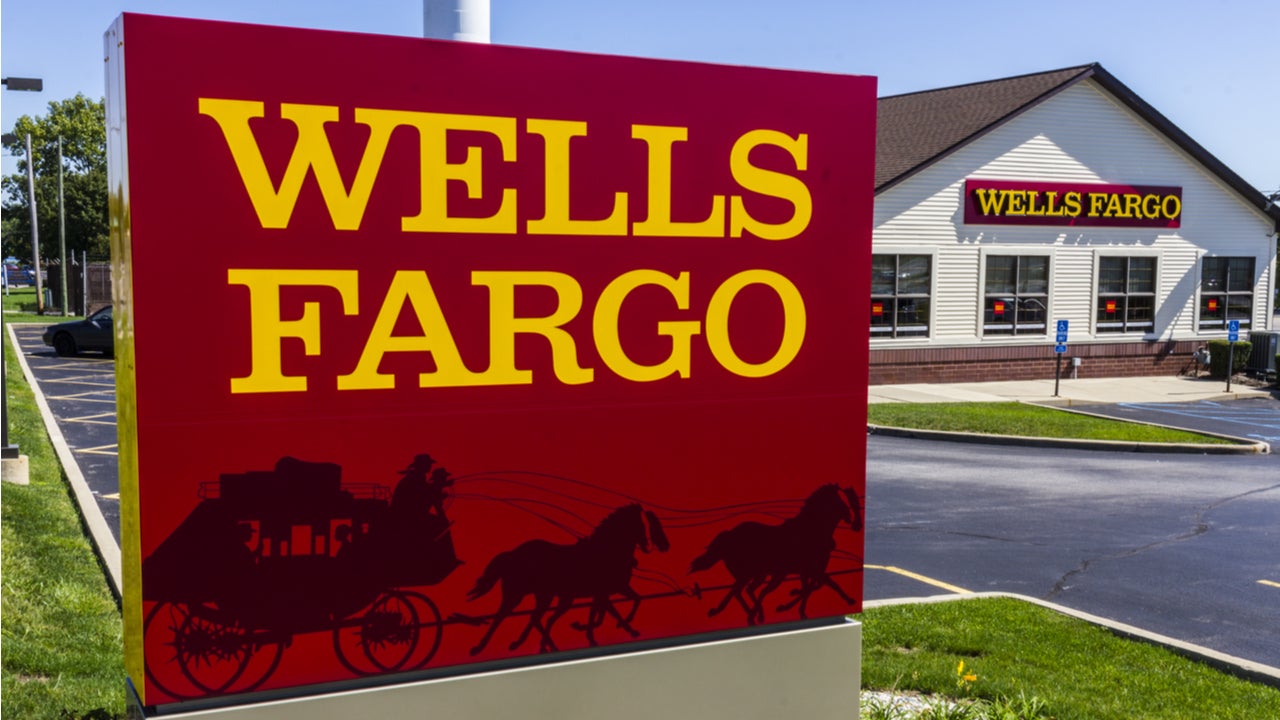How to get Perkins Loan forgiveness in 2024

Key takeaways
- Perkins Loans borrowers in the public sector who meet the requirements may qualify to get up to 100 percent of the debt forgiven.
- Contact the school that originally made the Perkins Loan or the student loan servicer that handles your loan account to get the forgiveness forms.
- If you’re not eligible for loan forgiveness, you may consider loan consolidation or refinance.
Before it ended in 2017, the Federal Perkins Loan Program offered low-interest student loans to undergraduate and graduate students with financial need. While it no longer accepts new applications, some borrowers still have outstanding loan balances from this program.
If you received a Perkins Loan, you might be eligible to have it forgiven – as long as you work in certain public service fields, such as education or law enforcement, and apply for forgiveness through your school or student loan servicer.
How does Perkins Loan forgiveness work?
Borrowers with existing Perkins Loans may qualify to get up to 100 percent of their debt forgiven if they meet specific criteria. The amount of forgiveness you qualify for and the rate at which cancellation occurs depends on your career choice and how long you stay in that job, but all qualifying occupations fall in the public service sector.
Note that Perkins Loan cancellation is not taxable, so you don’t have to worry about a significant tax bill for the year you receive forgiveness.
What are Perkins Loans?
A Perkins Loan is a type of subsidized federal student loan. The program ended in 2017, but people who already had Perkins Loans must pay those back. A Perkins Loan offered a lower rate than other student loan interest rates and was available to students with serious financial needs.
Who qualifies for Perkins Loan Forgiveness?
Perkins Loan cancellation is available for borrowers who took out loans in the program and work in one of the following public service fields:
How to apply for Perkins Loan forgiveness
Because the Perkins student loan program is school-based, if you believe you’re eligible for Perkins Loan cancellation, you’ll need to contact the school that made the loan originally or the student loan servicer that handles your loan account for the college.
Your school or student loan servicer will have the forms required for your particular type of cancellation and can answer any questions you may have about the process.
You’ll need to provide proof that you’ve worked in a qualifying job during the period for which you’re applying. Also, keep in mind that most forms of Perkins Loan forgiveness require full-time work, so you may be ineligible if you’ve been working on a part-time basis.
What happens if you’re approved for Perkins Loan forgiveness?
Once you’re notified that your application for Perkins Loan forgiveness has been approved, forgiveness generally occurs over five years in increments rather than all at once. Here’s the schedule for most eligible jobs:
- 15 percent of the original loan amount for each of the first and second years.
- 20 percent of the original loan amount for each of the third and fourth years.
- 30 percent of the original loan amount for the fifth year.
What to do if you don’t qualify for Perkins Loan forgiveness
If you’re not eligible for Perkins Loan cancellation because you don’t meet the employment requirements, there are some alternatives you can pursue.
For starters, think about whether you could eventually qualify for forgiveness based on your career path. For example, if you’ve been working part time in an eligible job and plan to switch to full time, you may be able to start the clock on Perkins Loan forgiveness, and it’ll make sense to keep your debt where it is.
If Perkins Loan discharge is out of the question, here are some potential options to consider pursuing:
- Explore other forgiveness programs: Perkins Loans don’t qualify for Public Service Loan Forgiveness (PSLF) or income-driven repayment plans. But if you consolidate your loans through the Direct Consolidation Loan program, you will be eligible for both. If you think that you can qualify for PSLF or you need a more affordable monthly payment, consolidation may do the trick.
- Refinance your student loans: If you’re looking for ways to make your loan more affordable, it could be worth refinancing your student loans. If you have excellent credit, some private lenders may be able to offer you a lower interest rate than the standard 5 percent on Perkins Loans. Additionally, private refinance lenders can offer more flexible repayment options, giving you between five and 25 years to repay in some cases, which can give you more control over your repayment plan.
As you consider each of these options, think about your current financial situation and your goals regarding your Perkins Loan debt. To refinance your loans, you’ll generally need a high credit score and annual income or at least have a co-signer who has these attributes.
But before you consider consolidating or refinancing your Perkins Loans, both of which will rule out future Perkins Loan forgiveness, do your due diligence with the federal programs available.
Refinancing will cut you off from Perkins Loan cancellation and other federal loan forgiveness options, even if you eventually meet the employment requirements.
The bottom line
For over half a century, the Federal Perkins Loan Program provided financial aid to college students with exceptional needs. If you have an outstanding balance on one of these loans and work in the public service sector, you may qualify for Perkins Loan forgiveness. To confirm your eligibility or apply for forgiveness, contact your school or loan servicer.
You may also like

Wells Fargo is no longer offering student loans

How to change your student loan servicer

Law school loan forgiveness and repayment options



